Housing Market in Southern Florida
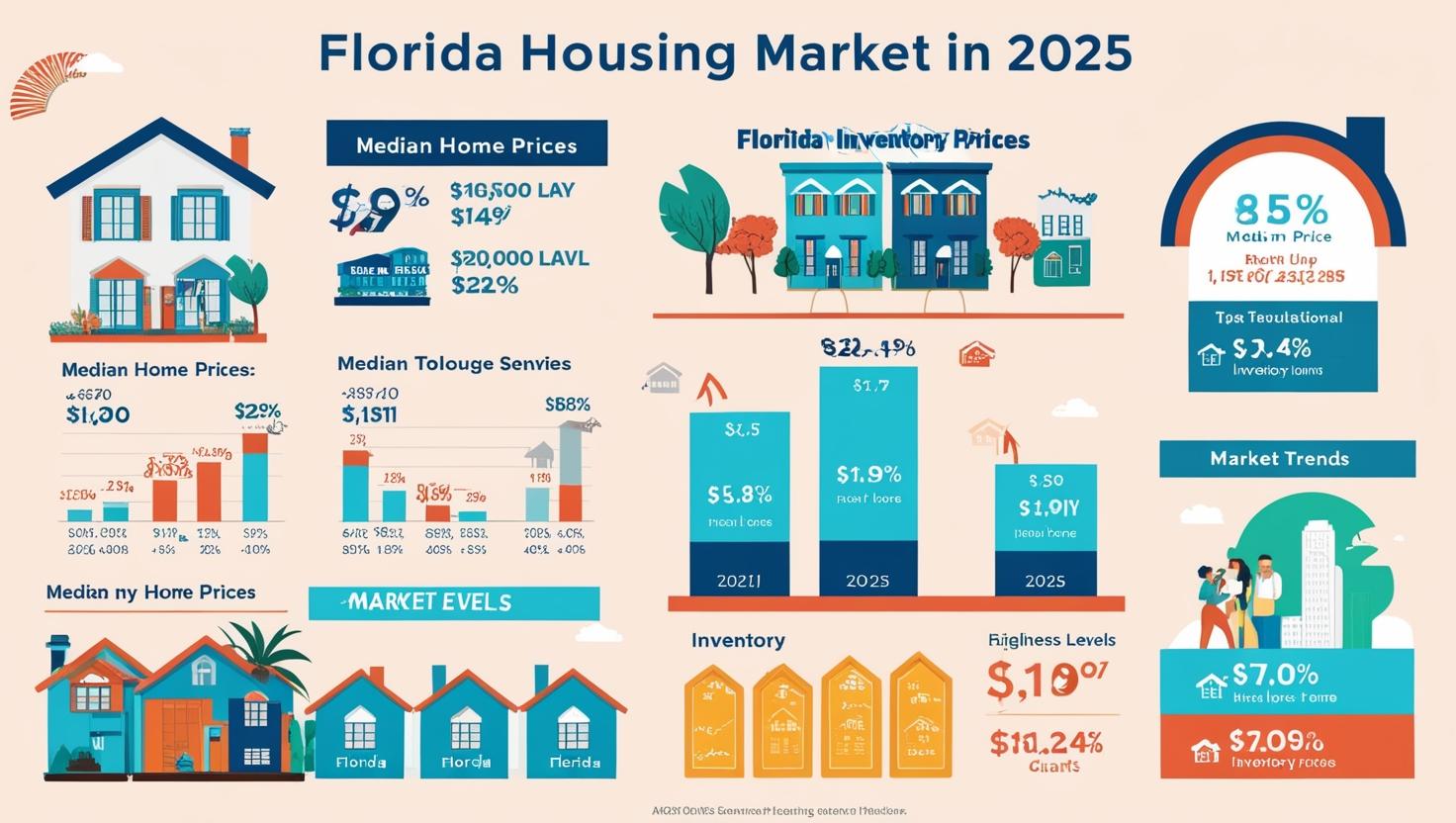
Florida’s real estate market, including both condos and single-family homes, is softening due to a combination of factors, including slowed migration to the state, hurricane fears, rising insurance and tax costs, and a steady supply of new construction, giving buyers more leverage.
Here’s a more detailed breakdown:
- Slowing Migration:The influx of people moving to Florida, particularly after the pandemic, has begun to slow, reducing demand for housing.
- Hurricane Fears and Insurance Costs:The risk of hurricanes and rising insurance premiums are causing some residents to reconsider staying in the state, and making it more difficult for new residents to afford homes.
- Rising Tax Bills:Rising property taxes are also contributing to the softening market.
- Steady Supply of New Construction:A steady supply of new homes, combined with the other factors, has created a more balanced market, giving buyers more options and potentially leading to price adjustments.
- Condo Market Correction:The condo market has been in a correction since new building laws took effect after the 2021 Surfside condo collapse, and now the single-family home market is also starting to soften.
- Shifting Market Dynamics:The market is shifting from a seller’s market to a more balanced or even a buyer’s market.
Florida’s real estate market, including both condos and single-family homes, is softening due to slowed migration, rising insurance and tax costs, hurricane fears, and a steady supply of new construction, giving buyers more leverage.
Here’s a more detailed breakdown:
- Slowing Migration:The influx of people to Florida, which was a major driver of the housing market, has slowed down.
- Rising Costs:Homeowners face increased insurance premiums and property taxes, making homeownership less affordable.
- Hurricane Fears:The state’s vulnerability to hurricanes and other natural disasters is a growing concern, impacting property values and insurance costs.
- New Construction:A steady supply of new homes is also contributing to a softening market, as buyers have more choices and can potentially negotiate lower prices.
- Condo Market Correction:The condo market has been in a correction since new building laws took effect after the 2021 Surfside condo collapse.
- Single-Family Market Softening:While the condo market has been in correction, the market for single-family homes is also starting to soften.
- Example of Price Declines:In 19 of the 29 major Florida single-family markets tracked by ResiClub, prices are falling on a year-over-year basis.
- Impact on Homeowners:Some homeowners are struggling to afford their homes, with insurance and property taxes sometimes exceeding mortgage payments.
- Future Outlook:The Florida housing market is expected to continue its positive trend, albeit at a potentially slower pace.
In the Fort Myers real estate market, the memory of Hurricane Ian’s devastation in 2022 still influences buyers and sellers, with buyers inquiring about flood history and sellers seeking to complete transactions before the June hurricane season.
- Hurricane Ian’s Impact:Hurricane Ian, which struck Southwest Florida in 2022, caused significant damage and is considered the costliest storm in the state’s history.
- Buyer Concerns:Buyers are now prioritizing information about a property’s history of flooding, as the memory of Ian’s impact remains strong.
- Seller Motivation:Sellers are motivated to complete transactions before the start of the hurricane season in June, which begins in June.
- Real Estate Agent’s Perspective:Fort Myers-based real estate agent, notes that both buyers and sellers are aware of the impact hurricanes can have on the area.
- Market Softening:Despite the lingering effects of Hurricane Ian, the Florida housing market is softening, with prices drifting lower, but still above pre-2020 levels.
- Affordability Challenges:The prices, coupled with mortgage rates above 6%, have left many would-be buyers shut out of the market entirely, contributing to the inventory glut.
In cooler real estate markets, buyers are finding more leverage, with offers below asking price, sometimes $20,000 or more, being accepted, and sellers are more willing to make repairs and re-introduce contingencies that were previously waived.
Here’s a breakdown of the current buyer’s market conditions:
- Offers Below Asking Price:Real estate agents report that in cooler markets, buyers are able to make offers significantly below the asking price, with offers $20,000 or more below the asking price being accepted.
- Seller Willingness to Negotiate:Sellers are becoming more willing to negotiate and accept lower offers, and are also more inclined to address any issues that arise during the home inspection.
- Contingencies Returning:Contingencies, which were often waived during the boom years, are making a comeback, giving buyers more protection and flexibility.
- Examples of Contingencies:
- Home Inspection Contingency:Allows buyers to walk away from the deal if the inspection reveals unacceptable issues.
- Financing Contingency: Protects buyers if they are unable to secure financing.
- Sale of Current Home Contingency: Allows buyers to purchase a new home contingent on the successful sale of their current home.
- Examples of Contingencies:
- Why This is Happening:
- Increased Inventory: With more homes available on the market, sellers are facing more competition and are less likely to get their asking price.
- Rising Interest Rates: Higher interest rates make it more expensive for buyers to purchase homes, potentially leading to a decline in demand.
- Economic Uncertainty: Economic uncertainty can also lead to buyers being more cautious and less willing to overpay for a home.
Yes, with many builders facing unsold inventory due to aggressive development, there are opportunities for deals in new construction, including mortgage rate buydowns, closing cost coverage, upgrade credits, and even price cuts, which are uncommon but can benefit buyers.
Here’s a more detailed look:
- Unsold Inventory:Several years of rapid development have led to a situation where many builders have a surplus of homes they need to sell.
- Incentives to Boost Sales:To clear inventory, builders are offering various incentives to attract buyers, including:
- Mortgage Rate Buydowns:Builders may pay points upfront to secure a lower mortgage rate for the buyer, effectively lowering the interest rate.
- Closing Cost Coverage: Builders may cover all or part of the closing costs, which can be a significant expense for homebuyers.
- Upgrade Credits: Builders might offer credits that buyers can use to upgrade their new homes with desired features or finishes.
- Price Cuts: In some cases, builders are even cutting prices on homes, which is unusual as it can negatively impact the value of existing homes in the area.
- Why Builders are Offering These Incentives:These incentives are a way for builders to make their homes more appealing and competitive in a market where buyers have more choices and leverage.
- Market Dynamics:The current housing market is characterized by a combination of factors, including high mortgage rates, a shortage of existing homes for sale, and builders’ efforts to clear unsold inventory.
- Regional Differences:The impact of these incentives and market conditions can vary significantly by region, with some areas experiencing more favorable conditions for buyers than others.
- Potential for Savings:By taking advantage of these incentives, homebuyers can potentially save a significant amount of money on their new home purchase, according to Business Insider.
Buyer incentives abound
The buyers successfully negotiated a below-list price of $289,000 for a three-bedroom new construction townhome and received additional incentives like a mortgage rate buy-down, closing cost credit, and upgraded storm windows.
Here’s a breakdown of the situation:
- Successful Negotiation: The buyers were able to secure a price lower than the listed price of the townhome.
- Below-List Price: The final agreed-upon price was $289,000.
- Property Details: The property is a three-bedroom new construction townhome.
- Additional Incentives:
- Mortgage Rate Buy-Down: This means the buyer will have a lower interest rate on their mortgage for a certain period, potentially lowering their monthly payments.
- Closing Cost Credit: The seller will cover some of the buyer’s closing costs, reducing the amount the buyer needs to pay at closing.
- Upgraded Storm Windows: The townhome will come with upgraded storm windows, potentially improving energy efficiency and comfort.
While Florida remains a popular relocation destination, the number of people moving to the state has decreased, with a net gain of 64,000 in 2024, down from over 100,000 in 2023 and over 300,000 in 2022, according to Census Bureau data.
Here’s a more detailed breakdown:
- Florida’s Popularity:Florida consistently ranks as a top relocation destination, drawing people from across the country.
- Declining Migration:The number of people moving to Florida has been trending downward in recent years.
- 2022: A net gain of over 300,000 residents.
- 2023: A net gain of over 100,000 residents.
- 2024: A net gain of 64,000 residents.
- Reasons for the Decline:
- Rising Costs: Increased housing costs, insurance premiums, and the overall cost of living are factors.
- Natural Disasters: Florida’s vulnerability to hurricanes and other natural disasters has led to higher insurance costs and some people leaving.
- “Lock-in” Effect: High mortgage rates have made it difficult for some homeowners to move, even if they are considering relocating.
- Other States Gaining:States like South Carolina and Texas have seen increased migration, with South Carolina even overtaking Florida as the top destination in some rankings.
- Florida’s Continued Appeal:Despite the decline in migration, Florida remains attractive to many, particularly for its climate, outdoor activities, and business opportunities.
While Florida’s statewide home prices are up about 1% year-over-year, some metro areas like Miami, Tallahassee, and Gainesville are experiencing gains, while others are seeing a softening market.
Here’s a breakdown of the current situation:
- Statewide Trend:Florida’s housing market is seeing a slight increase in home prices, with homes selling for approximately 1% more than they were a year ago.
- Miami:The median home sold price in Miami was $577,686 in February 2025, up 8% from last year.
- Tallahassee:The median listing home price in Tallahassee was $300K in February 2025, trending down -3.1% year-over-year.
- Gainesville:The median listing home price in Gainesville was $305.5K in February 2025, trending up 1.8% year-over-year.
- Softening Market:Real estate agent in the Tampa Bay area noticed buyers picking up some power in recent months, but competition for well-priced homes, especially those closer to city centers, can still be stiff.
- Market Correction:Realtors says the market is now correcting, but it’s starting to level out again.
- Balanced Market:Florida’s housing market is considered a balanced market right now, with housing inventory up since last year.

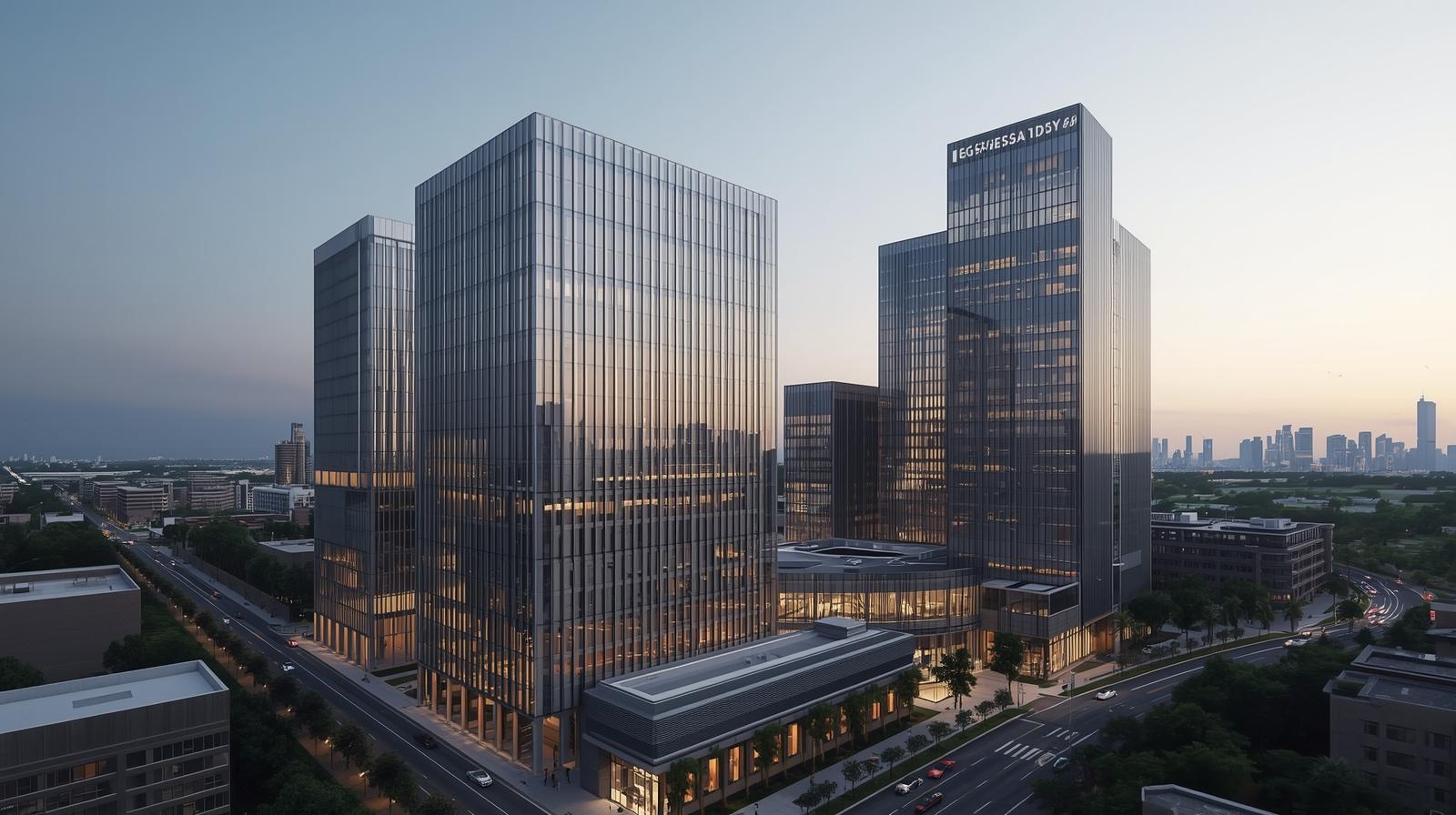
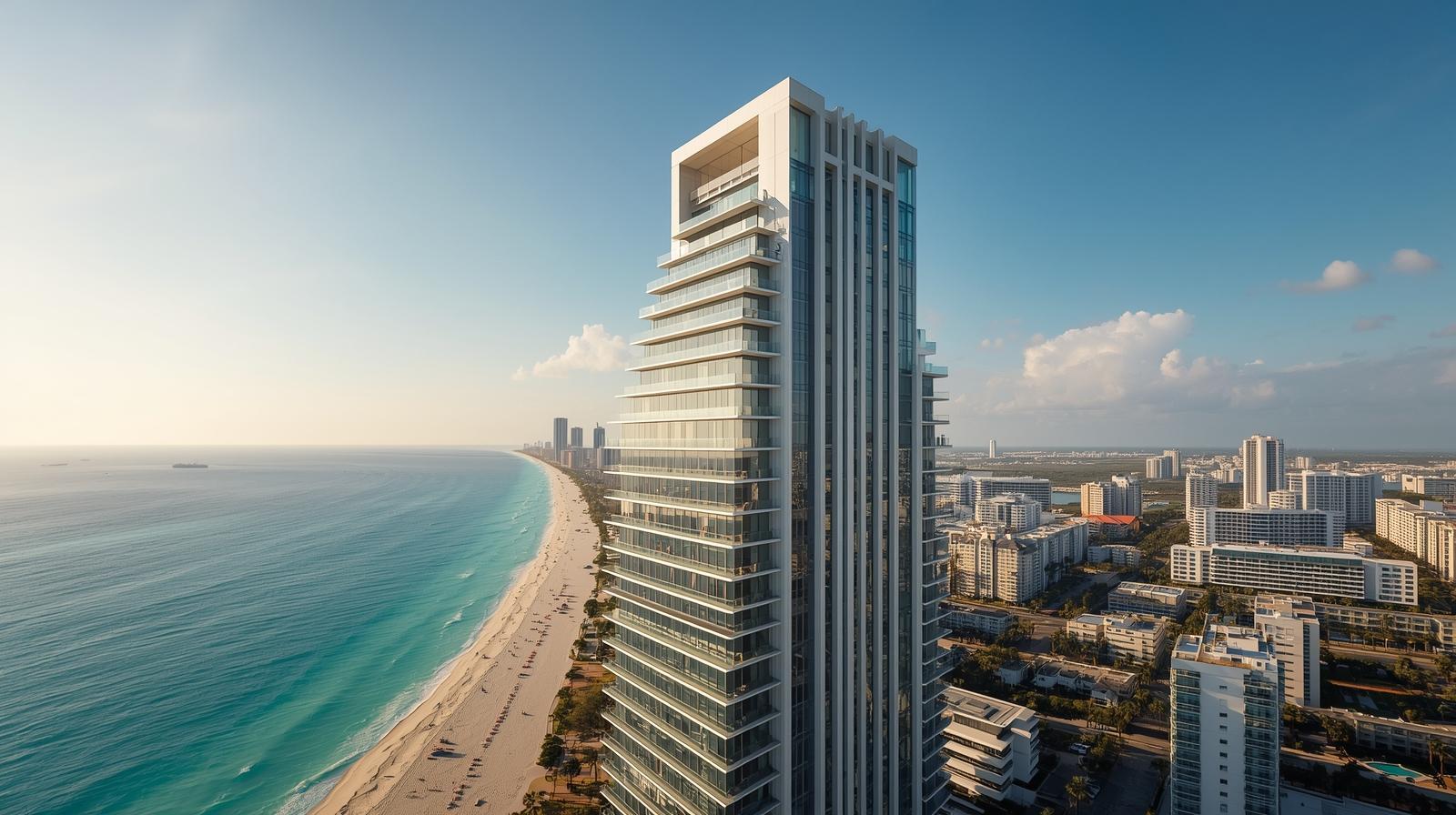
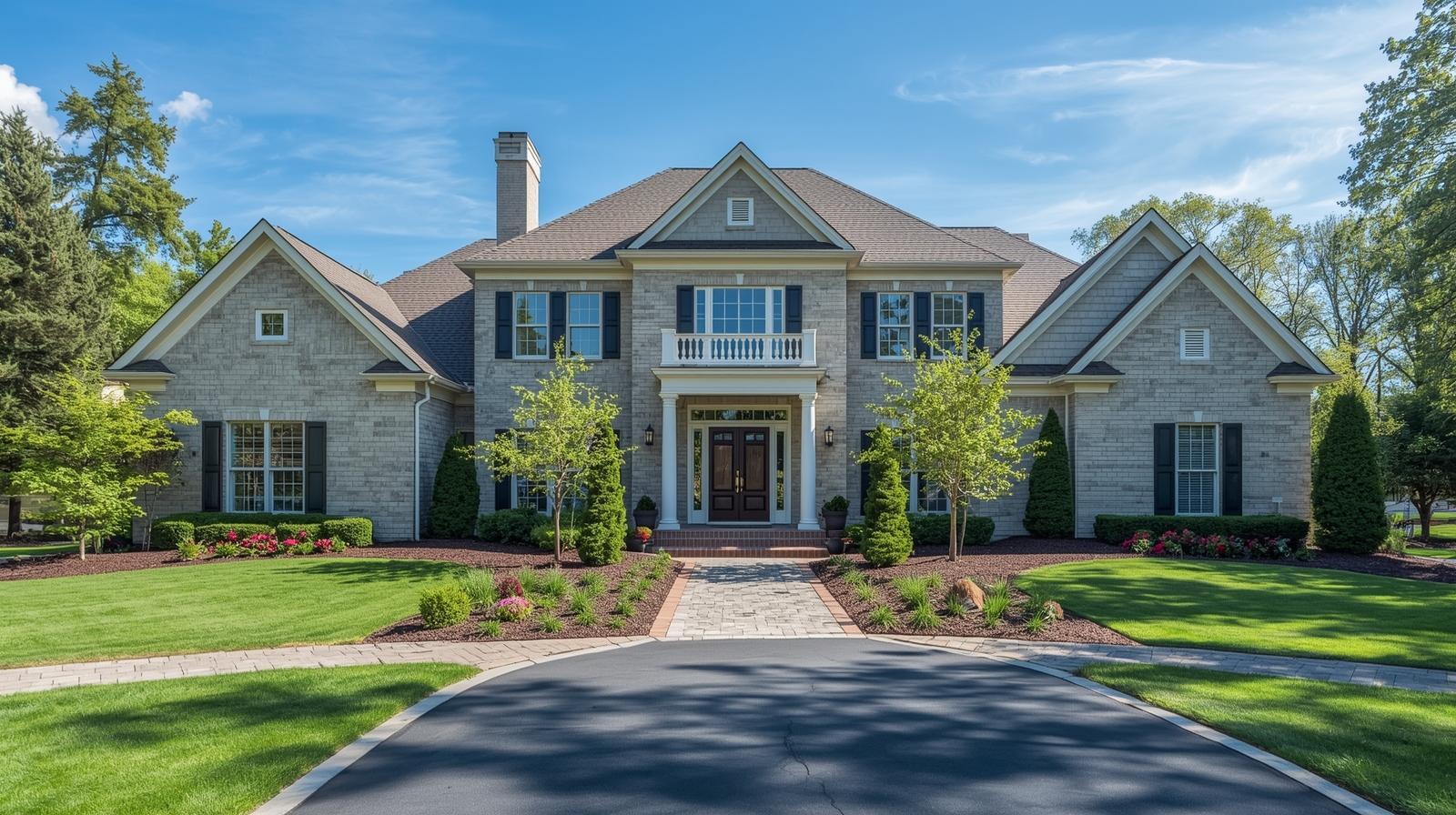
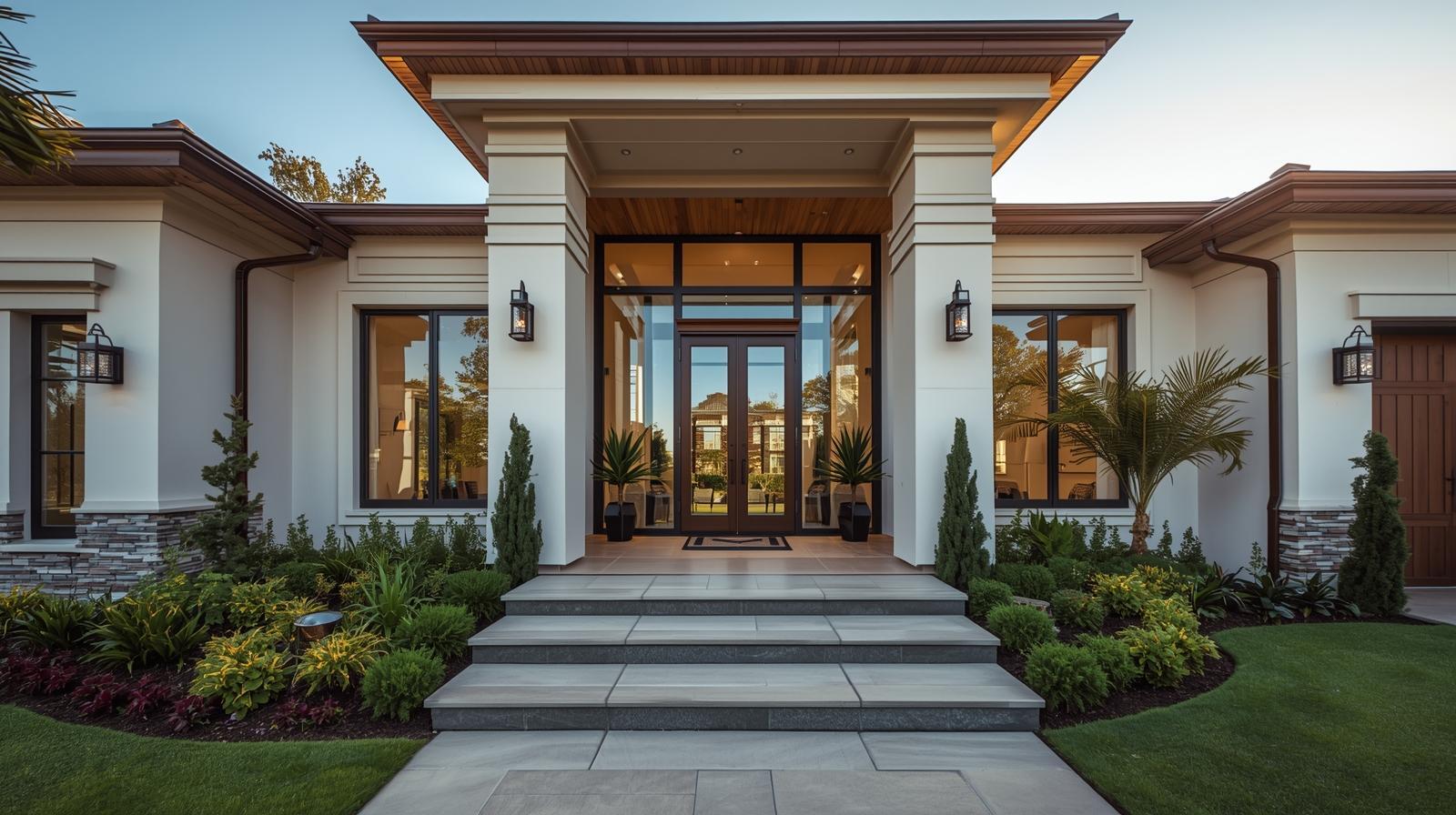
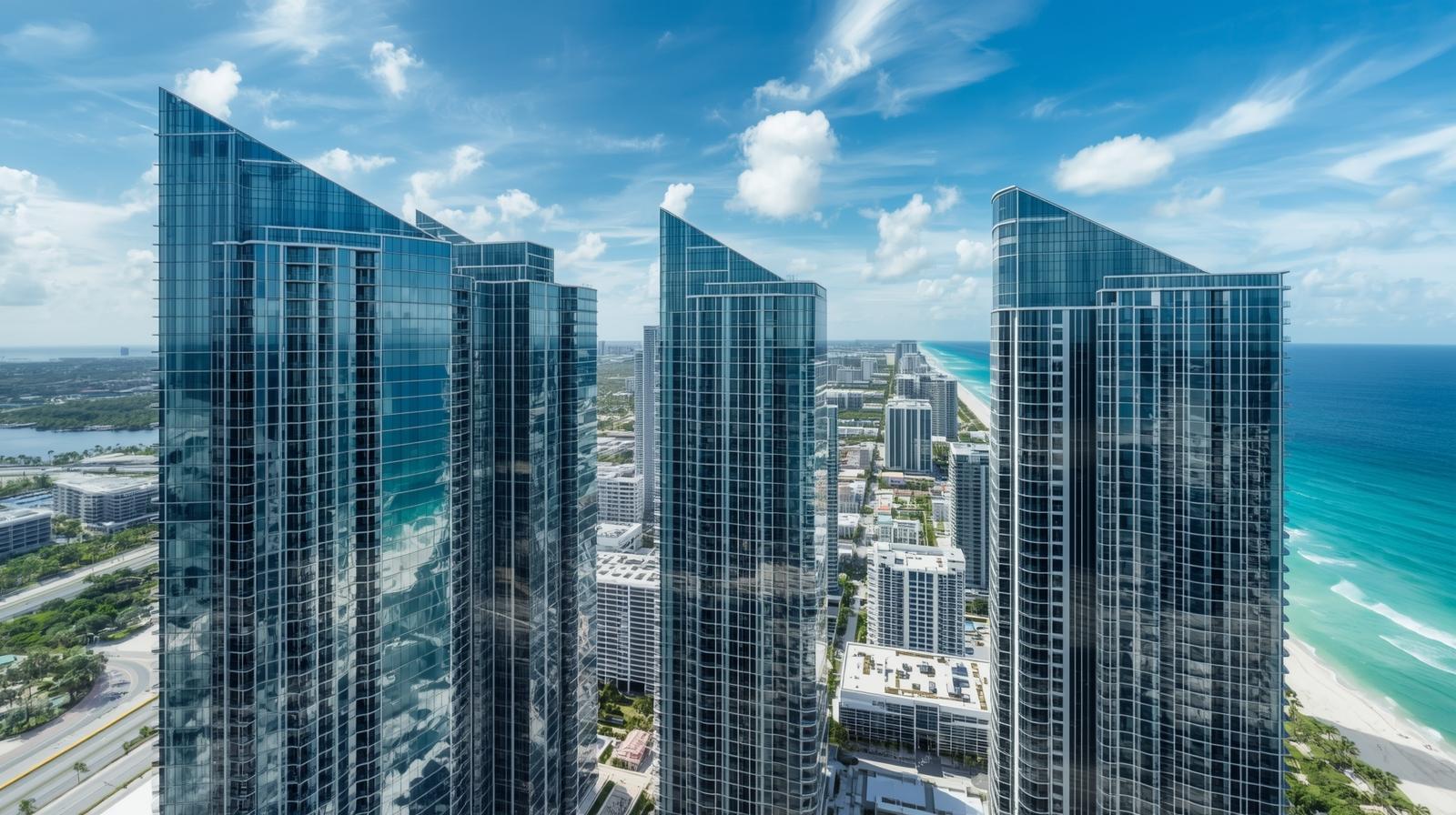




Related Posts